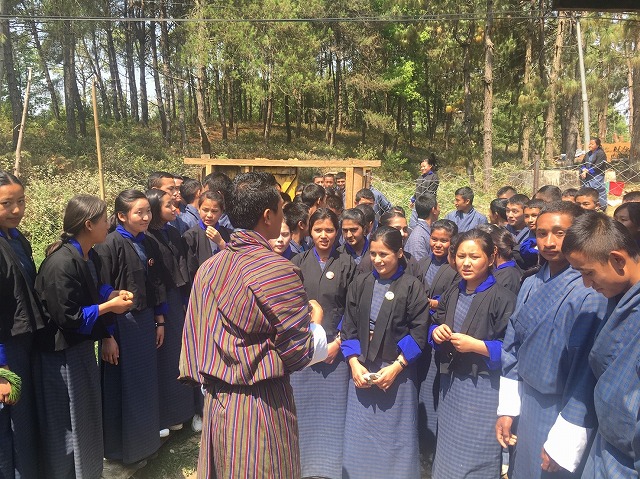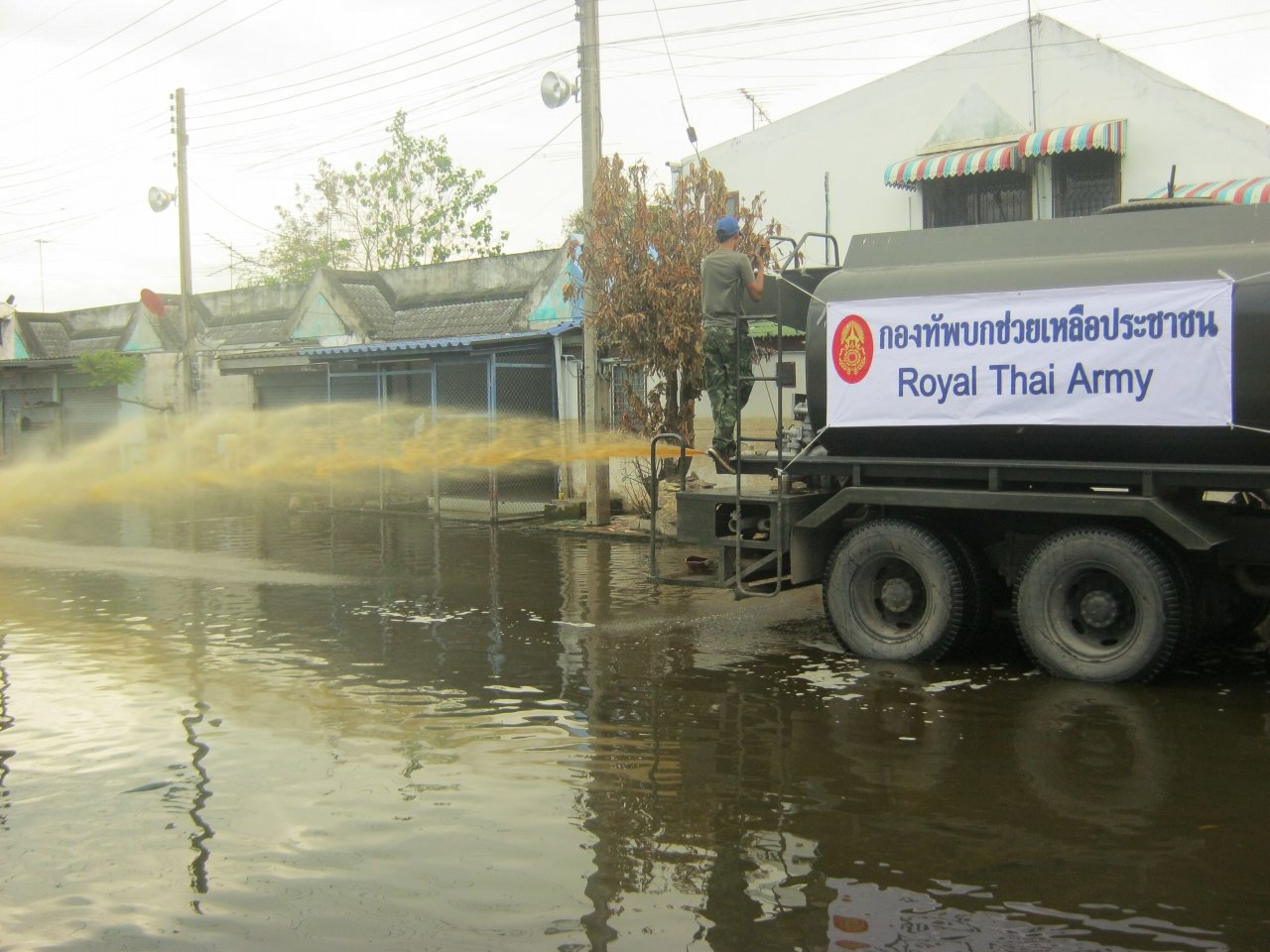Case Studies
-

Nihonbashi River water system improvement project II
Japan
The project that started in 2005 for Nihonbashi River, located in Japan and which separates from the Kanda River near JR Suidobashi station, had great results. As a consequence, the project was extended to the Kanda River and even the moat. more
-

Nihonbashi River water system improvement project I
Japan
The project that started in 2005 for Nihonbashi River, located in Japan and which separates from the Kanda River near JR Suidobashi station, had great results. As a consequence, the project was extended to the Kanda River and even the moat. more
-

EM Bokashi Connects People As a Family
Japan
This welfare facility works to support people with severe disabilities and found that making EM Bokashi provides a valuable communication place for the participants. more
-

Local authorities are convinced with the effect of EM
Montenegro
A mudball event coordinated by a local EM distributor showed great results and attracted media's attention. more
-

Students Participate in Kingdom's Agriculture II
Bhutan
Bhutan students learn on EM Technology for the School Agricultural Project.
Some schools are growing moringa trees and produce tea for sale and support education of children more -

One Million Apologies to Mother Earth
Malaysia
Approximately 18,000 people have thrown 1.2 million EM Mudballs into channels, rivers and seafronts in Malaysia hoping to recover the mother earth. more
-

EM to Fight the Worst Flood in Thailand History
Thailand
The worst flooding in Thailand occurred in July 2011. 446 deaths and approximately 2.3 million were badly affected by the flood.
The Prime Minister appointed Ministry of Natural Resources and Environment, Ministry of Defense, and Royal Thai Army Forces as central organizations to solve sewage and sanitary problems. They applied EM Technology to launch a recovery project and resulted in good results. more -

EM for Typhoon Disaster
Philippines
Approximately 10,000 people died in the central Philippine province of Leyte after a strong typhoon hit on November 8th 2013.
EM volunteers along with a retrieval operations team allocated in the affected area, fight malodorous and sanitary condition. more -

Supporting an Orphan Home Through Fresh Produces
Kenya
EM Technologies in Kenya manages a model farm where they grow EM vegetables and fruits.
Since 2016, EM Technologies donates EM vegetables and EM fruits grown on their farm to an AIDS orphan home.
Currently, 30 children who lost their parents with HIV are living in this Center. more -

What Happened to Rice Paddy Affected by Tohoku Tsunami?
Japan
When Tohoku earthquake and tsunami hit Fukushima, Mr. Haneda wanted to reduce radiation exposure at a local ground golf course. Activated EM-1(AEM) was abundantly sprayed over te course again and again. The result showed the reduction in the radiation readings. Then Mr. Haneda was positive to apply AEM for his rice paddy that was also contained radioactive substances. more
-

Volunteer Spirit for Growing Cherry Blossom
Japan
Perhaps, Meio is the only university in Japan in terms of collaboration with EM Research Organization in the large scale. On campus EM Institute broadcasts EM-related information, workshops, and Activated EM-1 available to the public. How are they successful? more
-

Better Sanitary Condition at a Refugee Camp
Uganda
Under the leading of UNICEF, schools at the camp participated in a program to examine the effect of EM Technology on odor suppression at the toilets. The result was clear; the odor has gone or reduced significantly. Moreover, flies around toilets disappeared. Furthermore, school children were educated and became conscious about hygiene. more